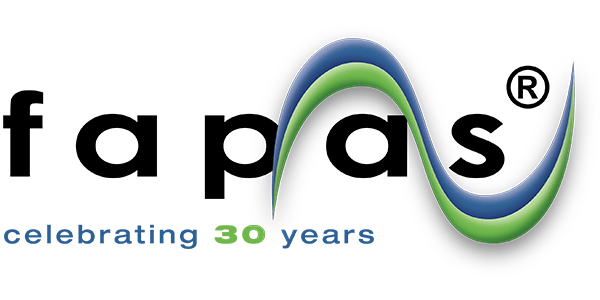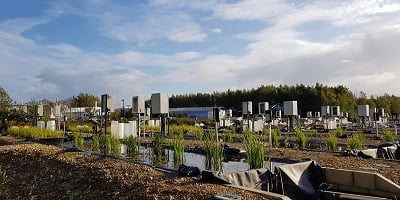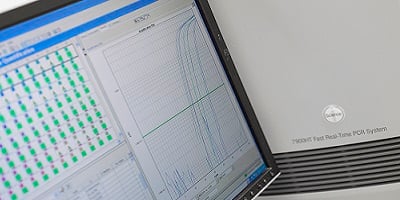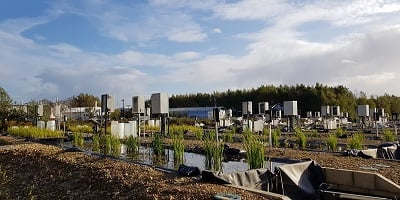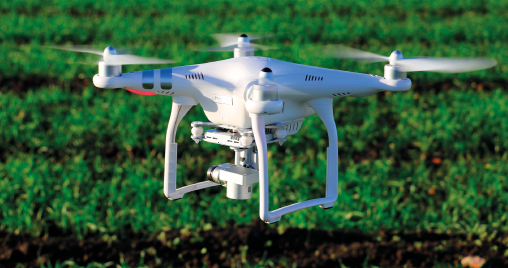For potato growers in the UK, Tobacco Rattle Virus (TRV) can pose a significant threat to crop quality and yields.
It is a major causal pathogen of Spraing, a disease that is characterised by internal brown flecking and arcs in the potato tuber flesh.
According to AHDB, even low levels of TRV infection can lead to entire crop rejections at the point of sale.
Not only is TRV spread by free-living nematodes, a prolific pest in its own right, but as the use of cover crops rises in popularity amongst UK farmers, there are concerns of TRV risk increasing too – as cover crops act as a vector for the virus.
At the same time, there are difficulties with diagnosing TRV in potatoes with time consuming and inaccurate diagnostics, which may not accurately represent the entire field.
So, for growers to be able to tackle TRV confidently, and maximise saleable potato yields, diagnostic capabilities must be improved across the industry.
Our research project, Enigma IV, aims to advance TRV diagnostic processes, and put Spraing control in the hands of growers.
Detecting TRV: current issues
Currently, diagnostic methods for detecting TRV in potato fields typically rely on using indicator plants, such as cultivated tobacco or tomato species, as ‘bait’ to determine the presence of nematodes that carry TRV.
While this method has been widely used for many years, it presents several challenges:
- Time consuming: The process involves collecting soil samples, setting up bait plants, and waiting for symptoms to develop, which can take weeks. This delay can hinder growers from making timely management decisions to help stop TRV in its tracks.
- Accuracy limitations: Free-living nematodes such as Trichodorus and Paratrichodorus species, that act as TRV vectors, tend to aggregate in specific areas of a field rather than being evenly spread. This means a single soil sample may not represent the field's overall nematode population. Infected areas could be missed, leading to an underestimation of the virus risk.
- Logistical challenges: Collecting a sufficient number of soil samples to improve accuracy is labour-intensive and expensive. Laboratory facilities could also be under pressure to process large volumes of samples quickly, particularly during peak growing seasons when demand is high.
- Diagnostic uncertainty: Bait testing primarily detects the presence of nematodes rather than directly identifying the virus. Even if nematodes are found, it does not confirm whether they are carrying TRV. This adds another layer of uncertainty, requiring further testing to establish the presence of the virus.
Improving TRV diagnostics with Enigma IV R&D
The limitations in current TRV detection methods highlight the need for more advanced, reliable, and time-efficient diagnostic processes for potato growers.
Our Enigma IV research project sets out to provide a solution for the industry.
Building on previous research conducted by the Potato Council (later named AHDB Potatoes), our scientists will be developing a robust.jpg?width=300&height=200&name=shutterstock_2452779729%20(1).jpg) diagnostic framework tailored to growers' needs.
diagnostic framework tailored to growers' needs.
Led by Fera’s Dr Adrian Fox, Principal Plant Virologist, and Tom Prior, Principal Plant Nematologist, the project will focus on tools that can be used directly in the field by growers, to bypass the lengthy and labour-intensive process of sending samples to a laboratory. This would provide growers with real-time results that enable them to respond swiftly to potential TRV threats.
By advancing the scientific understanding of TRV, particularly its transmission pathways and interactions with nematode vectors, the Enigma IV research also seeks to uncover patterns and risk factors that influence the spread of the virus.
Ultimately, the objective is to help growers make data-driven decisions to protect their crops with more targeted management strategies and reduce the significant economic losses that can be caused by TRV.
_____________________________________________________________________________________New Enigma Partners Welcomed
If you are interested in supporting the Enigma IV research by becoming a project partner, please get in touch.
